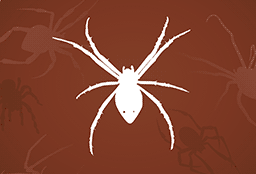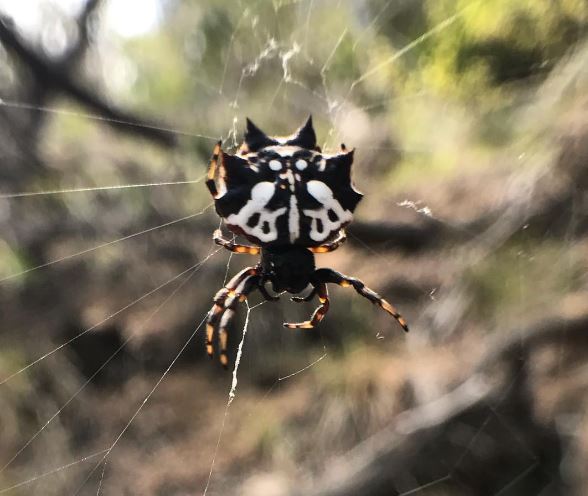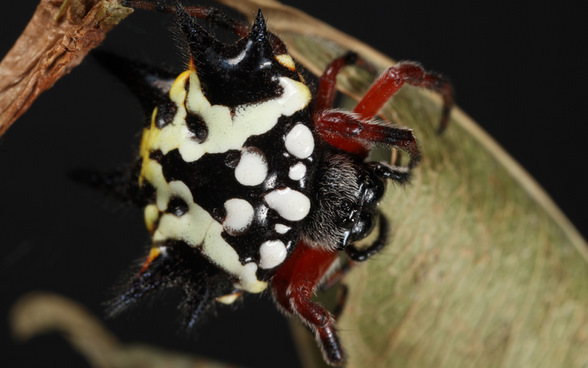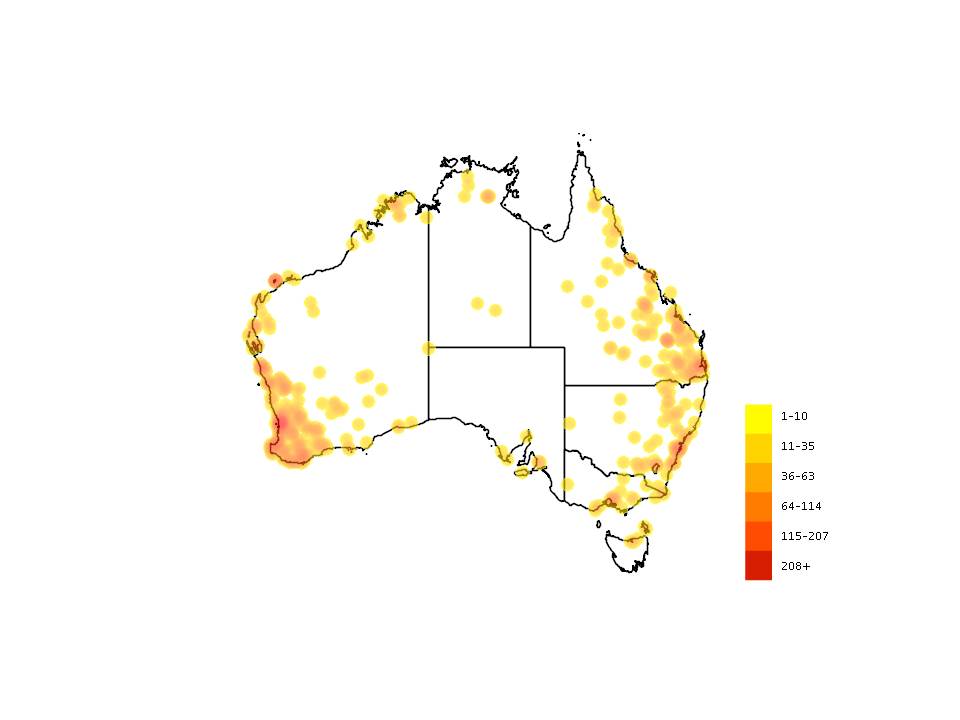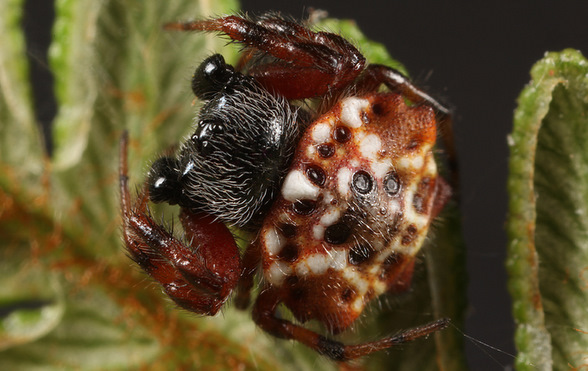The Christmas Spider is known by several other names, most commonly Jewel Spider but also as Six Spined Spider or Spiny Spider.
Females have bright yellow and white patterns with a ring of black spines. Melanic females have the same shape but may be completely black. Males have smaller spines and have a yellow, brown, white and black pattern. Six spines protrude from the sides and bottom end of the abdomen.
Size
Females are larger at 7 mm, males are 4 mm.
Behaviour
Diet
Opportunistic, insects.
Movement
Females sit in the middle of the web. Males can often be found in the vegetation around the perimeter of the web. Often in aggregations in which many webs are supporting each other.
Breeding
Eggs sacs are red-brown, and can be a variety of shapes. They are usually attached to a twig near the web.
Field Guide
Improve your identification skills. Download your Christmas Spider guide here!

